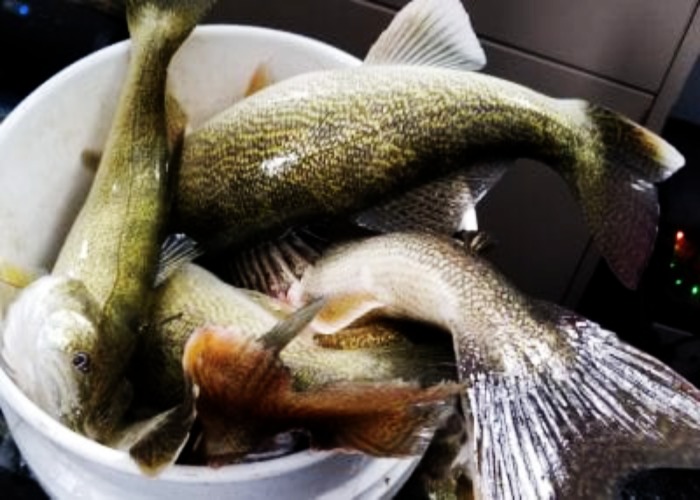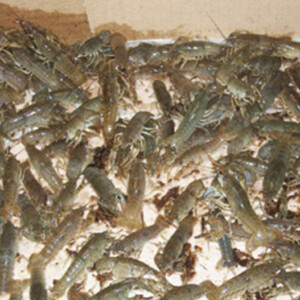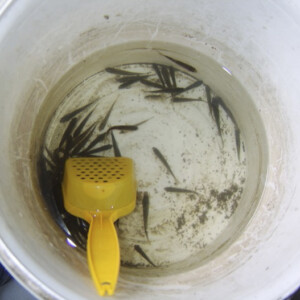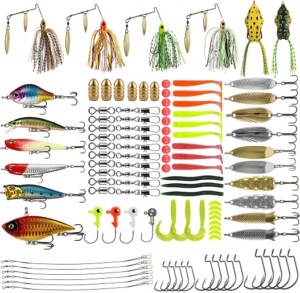
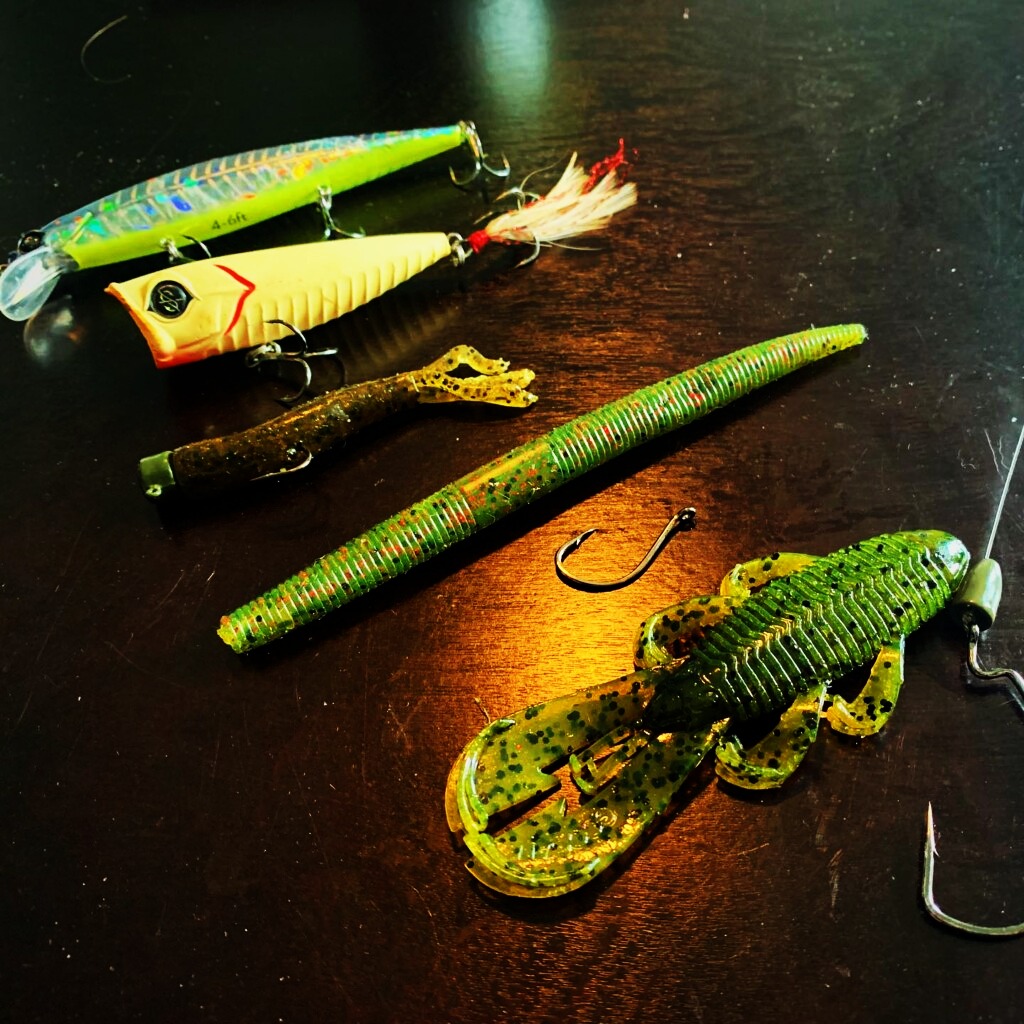
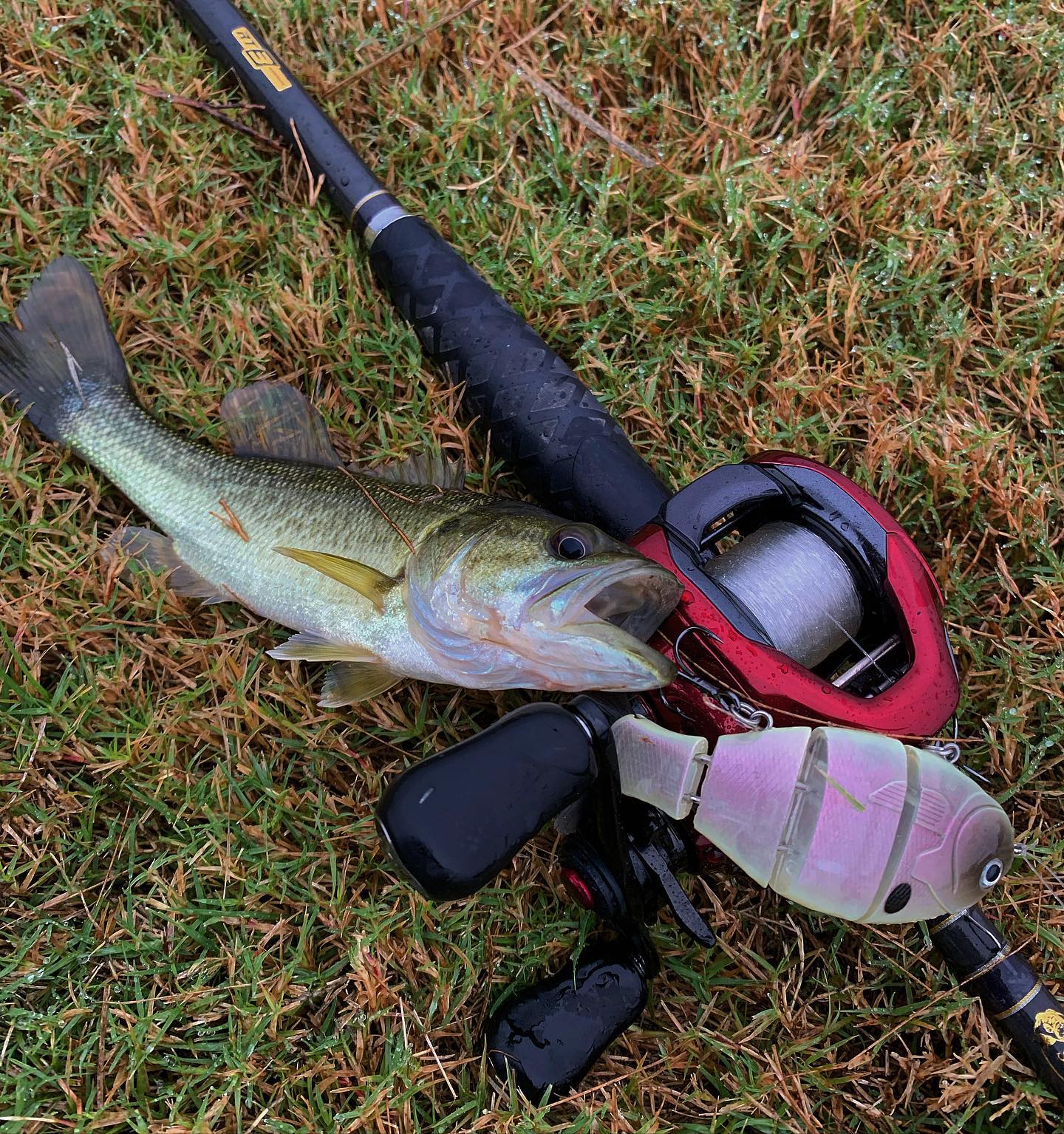
Fishing 101
The Go To Place For All Your Fishing Needs!
Is fishing one of your favorite hobbies?
Fishing is a hobby you can enjoy at any age. Fishing with live bait allows you to catch a wide variety of fish. Worms catch bass, trout, crappie, bluegill, perch, catfish and more. Fact is, "fish eat worms" no matter if it’s freshwater or saltwater, big or small. As kids, most of us learned how to fish with a bobber and worms.
Fishing may seem complicated to first-time anglers, but that doesn’t have to be the case. With just a bit of gear, a fishing license, and the information in this guide, you’ll be able to get on the water and try your hand at catching some fish by this weekend. This guide specifically covers spin fishing, which uses a rod with a spinning reel and lures or live bait to attract fish. For new anglers, it’s one of the easiest ways to get outside with minimal investment, but fly-fishing, saltwater fishing, ice fishing, and other types of gear fishing that utilize different reels are all options that may interest you down the road.

Getting a License
Before you head out, make sure you have a current fishing license for the state you’ll be fishing in. One of the most important items any angler needs is their fishing license. Each state has their own regulations and offers daily, short-term, annual or lifetime licenses.
Where can I go?
From crappie to largemouth bass, and catfish, whether you’re a seasoned pro or a just curious, you’ll find places to enjoy a day out on the water. Talk to a real person about where to fish, as they likely have current and comprehensive information about local waters.
Fishing Etiquette
A good sportsman respects other anglers, the resource, and the tradition of the anglers that came before by being courteous and respectful on the water. For many, fishing etiquette will come as second nature, but we thought it a good idea to put them into a list.
Getting Good At Your Game
Fishing Gear
A spinning reel and rod combo is your best bet as a beginner. “Combo” is the key word here—it signals that the reel and rod are sold together, which usually means they’re easier to set up.
Lures and bait will be your next step after a rod and reel. Live worms or PowerBait—a scented puttylike material that you form around a bare hook—are good starting points, while lures, which are decoys designed to attract a fish’s attention, are another effective option once you get comfortable using bait. You’ll also need some bobbers, which are small floating balls that sink or bob when something hits your lure, indicating you have a fish on. A rubber net (which is easier on a fish’s skin than string or nylon nets), needle-nose pliers to retrieve lures from the inside of the fish’s mouth, and a small tackle box to keep all of your lures and bait in one place are also helpful.
While it can be intimidating at first, fishing can be one of the simplest outdoor hobbies to pick up. Catching your first fish is as easy as finding a lake, doing some research, investing in some basic gear, and casting a line. Like any outdoor pursuit, your fishing needs will only continue to expand as you gain more experience; you’ll likely want to upgrade your gear after a few months, while waders and boots could also be added to your kit down the road.

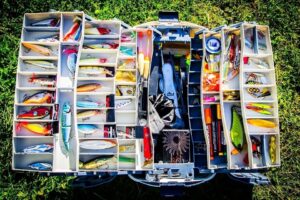
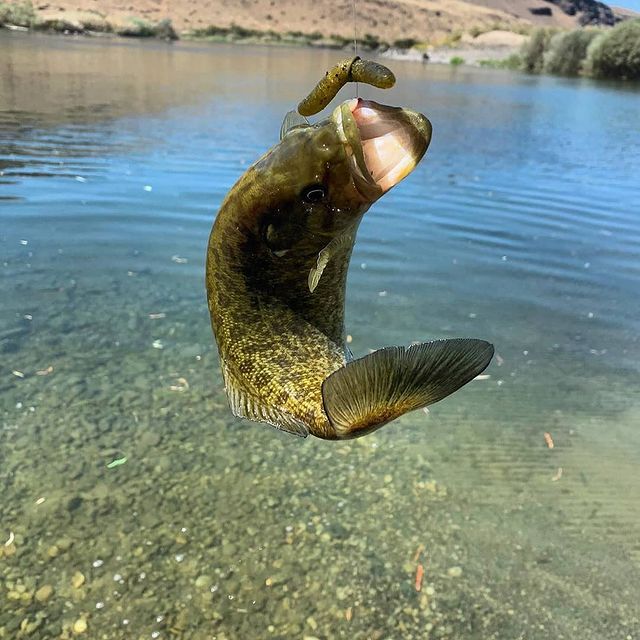
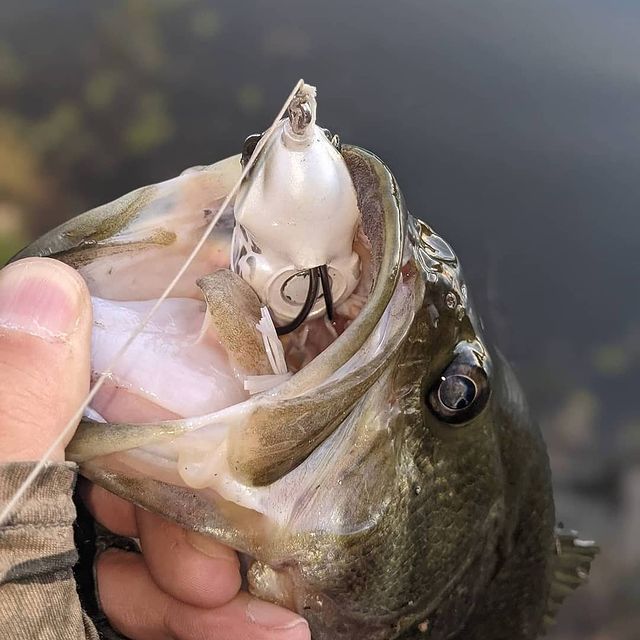
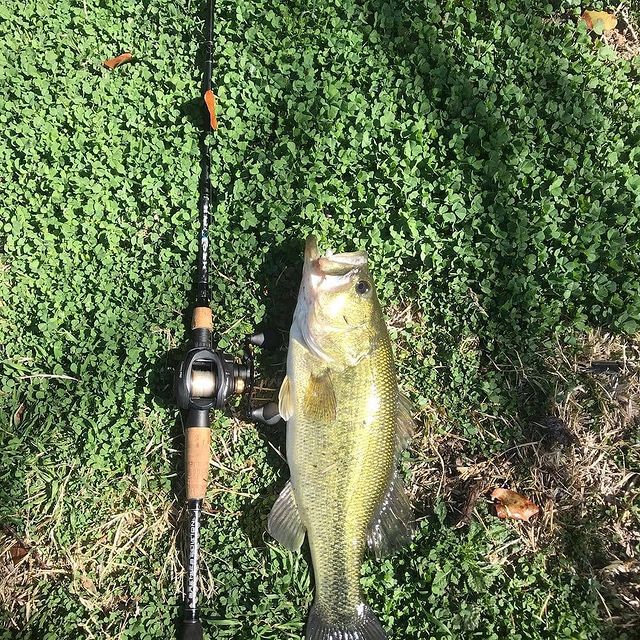
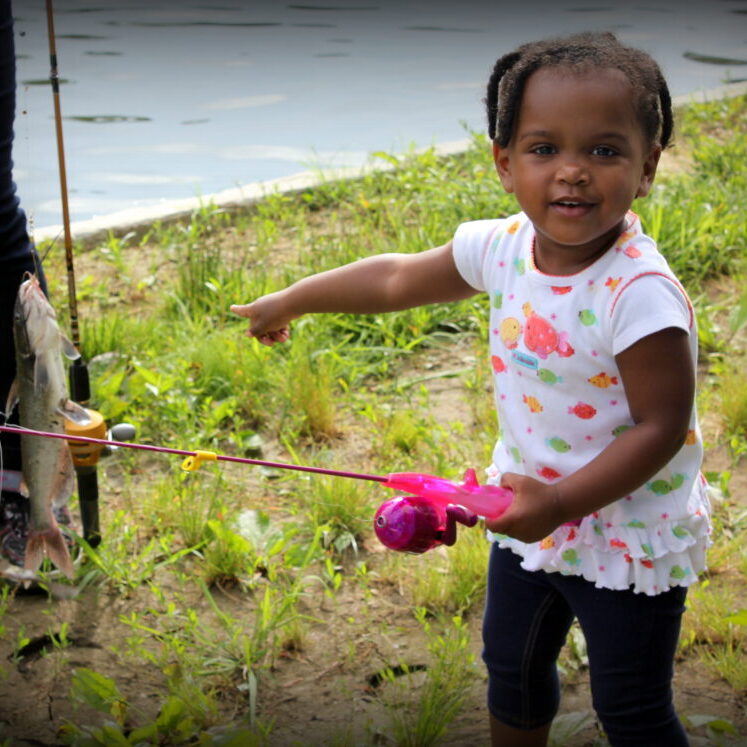
Reading Water - It’s helpful to know where fish may be hiding so you can target them better—in other words, “reading the water.” In lakes, fish usually hang out in or around weeds and downed trees close to shore. They might also congregate near drop-offs; for this reason, some lakes are easier to fish if you have access to a canoe or kayak. Similar tactics apply to rivers, where you’ll want to look for places that may provide good cover—logjams or overhanging banks, for example—since a fish’s main objective beyond finding food is hiding from predators.
Casting - With a spinning reel, casting is as simple and intuitive as winding up and chucking your lure as far as you can, like throwing a baseball. Start with about six inches of line out the end of your rod, with the reel below your dominant hand. A spinning reel employs a bail (a thin wire arm) to keep your line from coming out of the spool. In order to cast, you’ll need to flip this bail, hold the line with your finger, bring the rod tip up and slightly behind you (think of the motion you’d use to pick up a phone), and cast forward using your wrist and elbow. When your rod is vertical or just slightly forward from vertical, release the line to send your lure flying. Once your lure is in the water, flip the bail back over and begin reeling.
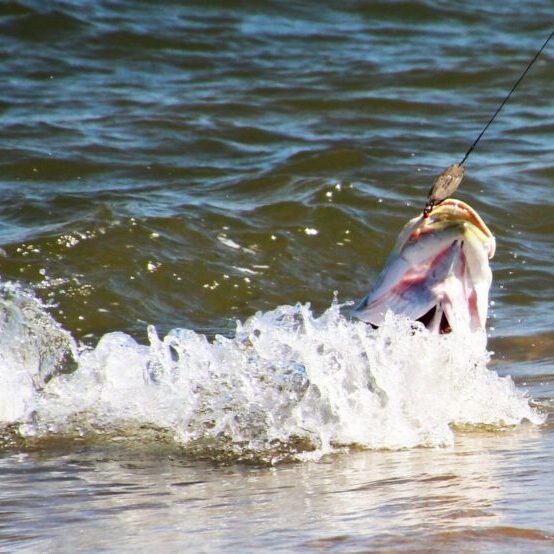
Hooking - When hooking a fish, there are two things you want to prevent: the fish “spitting” out your lure, or your line breaking under the weight and power of the fish. To keep those two things from happening, you’ll need to properly “set” the hook into the fish’s mouth once it has bitten your lure or bait. This means setting it at the right time and with the right pressure: when you see your bobber sink or jerk, point your rod tip up and pull back with moderate pressure to keep the lure in the fish’s mouth without ripping any part of its lip—good timing here will ensure the lure is firmly set in the lip rather than deeper in the mouth. Once you have a proper hookset, you’ll need to focus on keeping your rod tip up while “playing” the fish—allowing the fish to tire itself out while you try to keep it on your line. Cranking the fish in immediately after hooking it will often result in it breaking off, as the fish’s power and weight can often be greater than the strength of the line. By tiring it out, you’ll have the upper hand and eventually be able to reel the fish in.
Landing: You’ve successfully hooked, played, and reeled in the fish, and now it’s close to shore. A net will give you a huge advantage here. Once you reel the fish into an arm’s length of your feet, use the net to scoop it up, being sure to avoid letting it flop on the bank or rocks. To further minimize harm after landing a fish, do not squeeze its stomach or touch its gills when handling.
A few additional tips: always keep your “slack” in (that is, make sure your line is taut), and familiarize yourself with your reel’s drag system. All rods have a drag dial that affects how your reel will handle fish of different sizes and strengths—less drag is needed if you expect to catch small fish, while more drag (and a bigger reel) may be necessary if you’re chasing larger or stronger species.
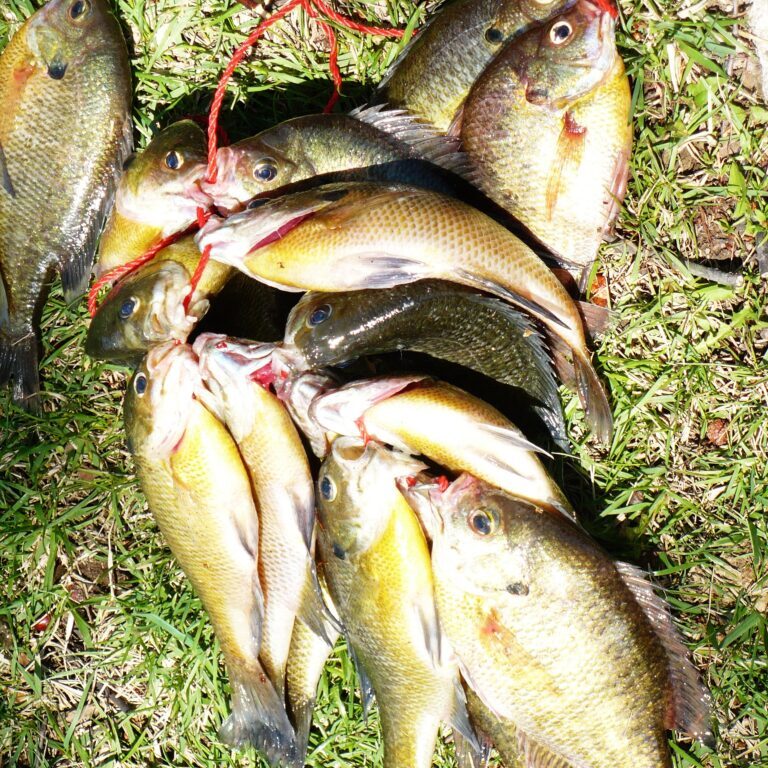
GOT WORMS? BAIT A WORM!






